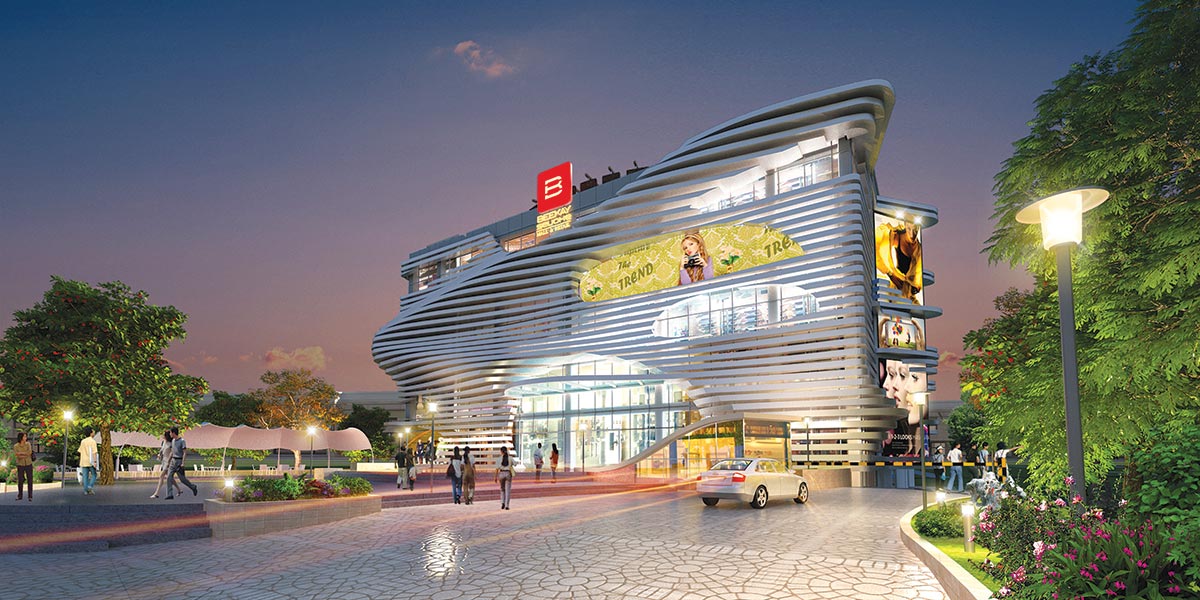
As the largest single contributor, buildings use 32% of world’s resources in construction; use 40% of global energy; generate 40% GHG emissions; consume 12% of water; and make up 40% of waste to landfill. The Green design movement is a response to these growing concerns. For the last 2 – 3 years, green buildings and eco-cities have not only picked up momentum in the developed world but also in developing countries like India.
A building that saves energy, produces less waste, conserves water, saves the environment and improves it for the inhabitants, should technically be the obvious choice. Yet in a country like India, it is not. Our quest to ape the West has overtaken our minds so much that these issues are of no consequence, but which are of such magnitude that you can’t even imagine.
One of the possible shortcomings as the developer would argue, is the high cost factor. Many studies and researches have proven that the capital cost incurred in a typical non-residential building accounts for approximately just 2 percent of the total, while operations and maintenance costs equal to 6 percent, and personnel costs 92% in a 30-year lifespan. We are just talking about a 10-15% increase only in the insignificant 2 percent capital cost, which would not only reduce the operating and maintenance cost drastically, but also increase productivity, durability, longevity, efficiency, and possibly property value.
 Beekay Plaza, Siliguri
Beekay Plaza, SiliguriEven to negate that marginal increase in capital cost, there are mechanisms in place such as net metering, clean development mechanism, and extra FAR initiatives from authorities. Not only do these reduce the payback period, but also encourage developers to build green.
The passive technologies rooted in our architectural heritage is something we all need to learn and implement in contemporary ways and create an Indian regional contemporary architecture
I admire...
The best sustainable project which can be easily adapted into any contemporary environment are the in numerous havelis of the Shekhawati region in Rajasthan. In the extreme climate of Rajasthan, the way they designed, perfected the air movement, sun shades, and controlled the thermal comfort without any electrical means, is something to learn from. The passive technologies rooted in our architectural heritage is something we all need to learn and implement in contemporary ways and create an ‘Indian regional contemporary architecture’ that responds to the specific region and climate, rather than a ‘Global contemporary architecture’.















